Module 3 Bacon & Gammon
3 Temperature control and storage
Last Updated: 21 Oct 2022.
3.1 Temperature during storage
3.1.1 The storage area shall under maximum load maintain product temperatures within specification
3.1.2 The temperature of chilled pork raw material and bacon during storage shall be between -2°C to +5°C. The temperature of chilled meat preparations such as sausage or meat-based stuffing’s during storage shall be between -2°C to +4°C.
3.1.3 Where deep chilled storage is used there shall be a standard operating procedure that details control of deep chilling under normal operational conditions, but which considers emergency procedures that shall be followed if breakdown occurs. Validation of shelf life within the deep chill shall consider worst case scenarios.
3.1.4 It is permissible to crust-freeze/temper bacon feed stock at sub-zero temperatures prior to slicing.
3.1.5 The temperature of frozen pork raw material and bacon during storage shall be -18°C or colder.
Guidance
The storage area may be equipped with auto door closure, air or strip curtains to minimise ingress of warm air during stock transfers.
Dependent on the process e.g. cold storage or tempering the refrigeration temperature may be set to a target temperature to allow for temperature fluctuations caused by defrost cycles, doors opening during stock transfer etc.
It may be acceptable for the air temperatures to be exceeded for short periods during defrost cycles/stock transfer etc. providing the product temperature remains within specification.
Evidence
Examples of temperature control records since the last audit. Validation records for deep chilling and Integrity of the packaging.
3.2 Length of storage and shelf life (chilled)
3.2.1 Pork raw material shall be processed within kill+4 days, however if the raw material is held in chill rooms that can maintain a constant temperature, the storage period may be extended by up to 3 days. Where pork raw material is vacuum packed, gas flushed or deep chilled and subject to the requirements of Clause 3.2.3 additional storage life beyond these limits can be used.
3.2.2 Any extension of shelf life greater than kill+4 days, shall be subject to satisfactory documented shelf life verification (sensory and microbiological evaluation) that shows that the extension of life does not, under worst case conditions, adversely affect product safety or quality. The microbiological limits shall not exceed the levels in clause 2.6.3
3.2.3 Chill temperature, traceability and shelf life records shall be maintained.
Guidance
For a co-located site where the pork has been slaughtered, cut and processed on the same site, extension of life beyond kill+4 days can be verified through the review of chill temperature monitoring records, without the requirement to package or deep chill the raw material.
Consideration should also be given to the FSA guidance on the control of Clostridium Botulinum for products that exceed 10 days life.
Evidence
Examples of temperature monitoring records since the last audit. Review kill dates aligned to storage period, including verification of sensory and microbiological to ensure shelf life extensions. In relation to vacuum packed, gas flushed or deep chilled raw material, additional supporting evidence e.g. shelf life records
3.3 Length of storage and shelf life (Frozen)
3.3.1 Pork raw material shall be labelled with a date of kill and it shall not exceed kill+4 days at the point of freezing, unless the requirements of 4.2(c) have been met.
3.3.2 The pork material shall be in good condition at the time of freezing and shall be effectively packaged to prevent contamination and degradation of quality.
3.3.3 Frozen pork shall be labelled with the date of going into the freezer and a durability date that does not exceed 12 months.
3.3.4 Where frozen product is to be defrosted (tempered), the surface temperature shall not exceed +7C and it shall be carried out to a documented and validated procedure in line with the Charter participants processing specification
3.3.5 Stock control and defrost records shall be maintained.
Evidence
Review examples of stock control and defrost records since the last audit. Visual inspection of storage area to include product labelling and date coding. Review the documented procedure for the defrosting of frozen product process aligned to the Charter participants processing specification. Review of records to ensure the sensory and microbiological of extended shelf life products.
3.4 Durability dates
All pork raw material and bacon shall be used within its stated durability date.
Evidence
Examples of shelf life records and verification of maximum period of storage

